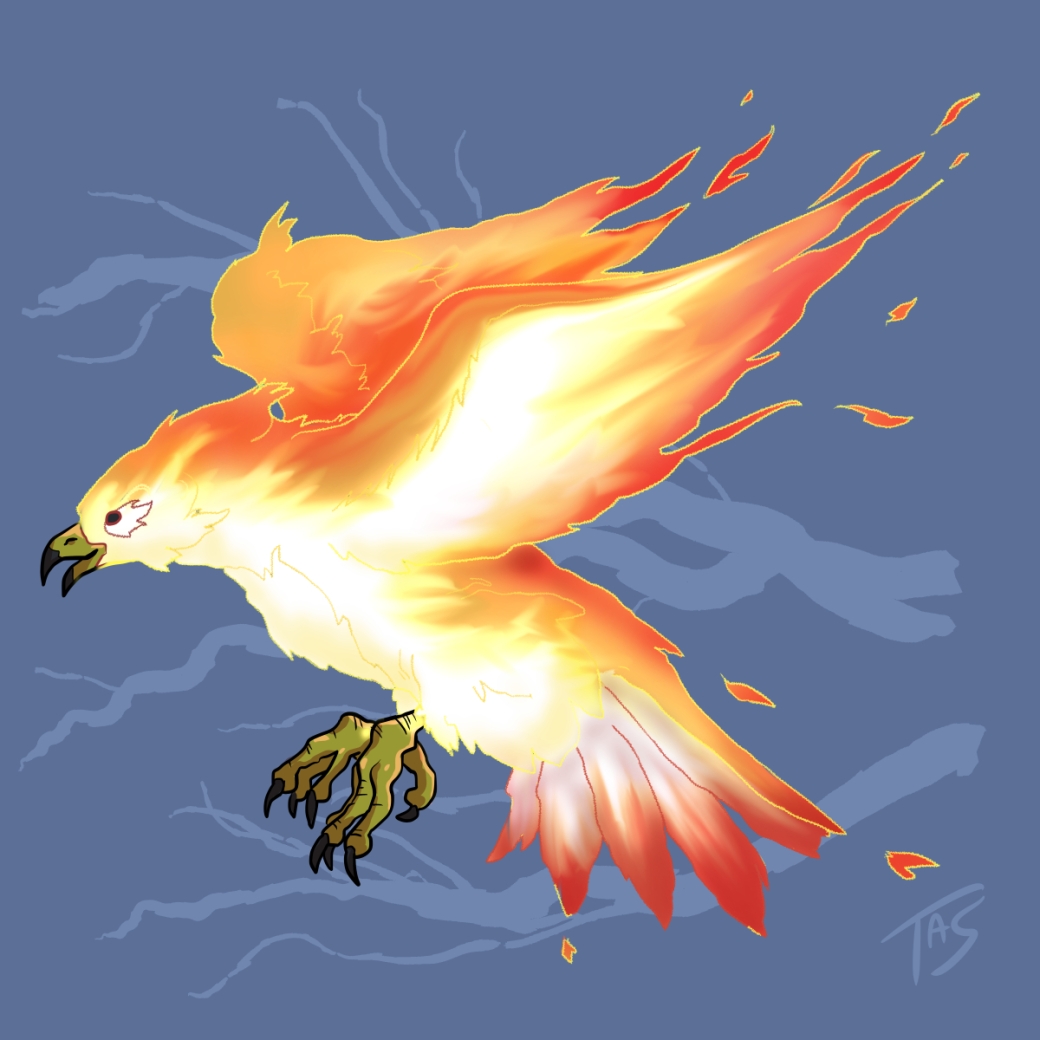
Daimajin
Region of origin: Japan
Literally “Giant Demon God”, Daimajin is a massive stone statue inhabited by the spirit of a vanquished demon king, Arakatsuma, who has been kept dormant by the prayers of the inhabitants of a nearby village, his struggles against his imprisonment manifesting as occasional earthquakes. When compelled by the villagers or the statue is put under physical assault, the spirit can animate the statue and wreak havoc throughout the region, often destroying the forces of some evil warlord but also proving to not be particularly discriminate about what or who gets trampled once awakened, although it seems to show some leniency towards children or the pure of heart. After his purpose has been served, the statue will return to normal there are instances of Arakatsuma turning into a hitodama-like ball of fire before flying away, but he seems to remain bound to the statue. Despite being a carved idol, Daimajin is shown to capable of bleeding even in its dormant stage and some promotional material shows it possessing a strange array of organs and nerves.









